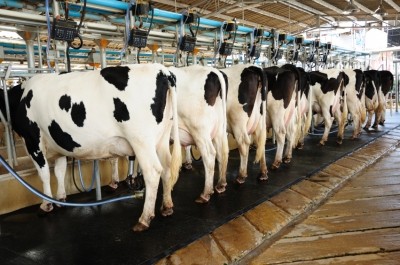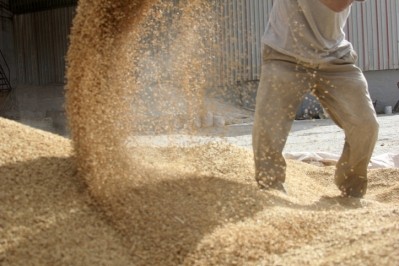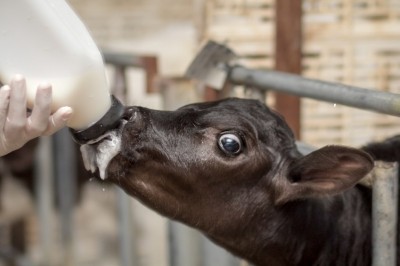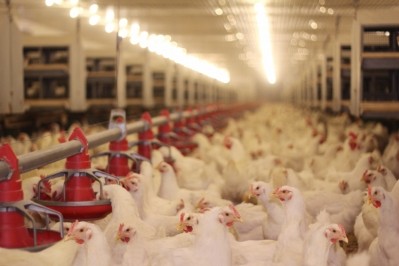What role does ruminal microbiome plays in determining feed efficiency?
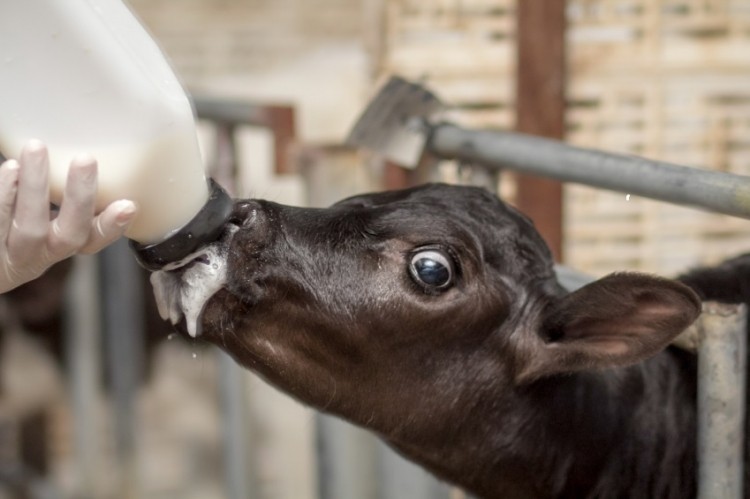
The grant came through the US Department of Agriculture’s National Institute of Food and Agriculture grant program and the research study is set to run for a period of about four years, said lead researchers Kristi Cammack, associate professor in the department of animal science at UW. The project includes partnerships with the University of Missouri and Virginia Polytechnic Institute (Virginia Tech).
“We’re trying to figure out a different way to estimate feed efficiency,” she told FeedNavigator. “We thought maybe looking at the rumen microbiome – that’s what processes the feed to turn it into nutrition –and what microbes are important for feed efficiency and how they could be enhanced.”
The project tracks types and amounts of different microbes in the rumen at different points during a calf’s development, from newborn past weaning, she said. It also will assess potential genetic and environmental influences on microbiome development.
“It would be a nice way to improve feed efficiency without having to use more traditional ways,” she said. And to be able to offer another tool to producers, she added.
Research details
The multi-year project has several stages, said Cammack. The initial portion, which is set to start this fall, will be focused on the animal trials and the later portion will examine rumen samples gathered and seek to ‘qualify and quantify’ the microbes found.
The trial looks at several sets of calves from two different cattle breeds – Angus and Charolais – that are considered to have different feed efficiencies, she said. The calves will be raised in several combinations, including having cows raise their own calves, cows raise other breed calves, and cows raise other breed calves born through caesarian section.
The intention behind the different pairings is to determine what effect genetics along with postnatal or perinatal environments have on the development of calves’ rumens, she said. It looks at the influence of the maternal environment on the offspring’s development.
“It’s [the rumen] pretty under developed at birth, and then rapidly develops and is more functional at around one month of age," she said. "We think that the rumen microbes also rapidly populate the rumen during that time, from what we know so far it starts to rapidly develop and be populated around four weeks of age.”
After weaning calves will go through a traditional, 70-day feed efficiency trial, she said. They likely will continue to be assessed as yearlings.
The second stage of the experiment involves work with partners in Missouri to examine the rumen samples taken during the animal trials, said Cammack. Additionally, a partner group at Virginia Tech will be assessing colostrum and milk samples.
The rumen samples will be genetically sequenced so that the group can determine what microbes are present and in what quantities, she said. “Instead of using cultures, we can do DNA sequencing and directly quantify the microbes in the rumen so we know for sure what is there and in what amount.”
Goals
The end goal of the project is to better understand the role that a cow’s ruminal microbiome plays in determining feed efficiency, said Cammack. That information may lead to improving ways for producers to select, raise or breed cattle.
Ruminal microbes are known to play a role in the nutritional uptake from feed, but which are most important and how or when they can be influenced is less understood, she said.
“This is a pretty basic trial that ought to lead to transitional results – results that can be used for development of strategies or treatments for producers,” she said. “This is an important step that we’re taking to have good results for our producers.”
Once more is known about when microbes are being established, future work could examine ways to improve what is found in the rumen, said Cammack, or to check young animals for the presence of beneficial microbes.
“This will hopefully help us determine what is the timing to have a more lasting effect on feed efficiency, and, once we identify that, then how could we influence this?” She said. “We’ll be thinking about that, and exploring that as we go along, but that’s definitely the next step.”
